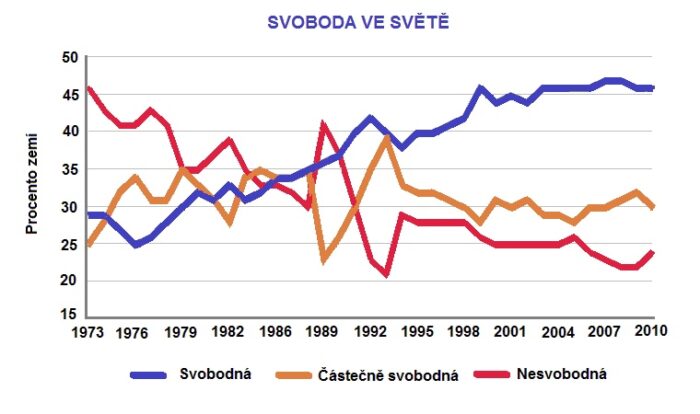Global Middle Class
The share of China, India and other emerging economies in the global middle class is projected to surpass 50% by the middle of the 21st century. The European Union and United States will shring to 10% of the global middle class consumption.









